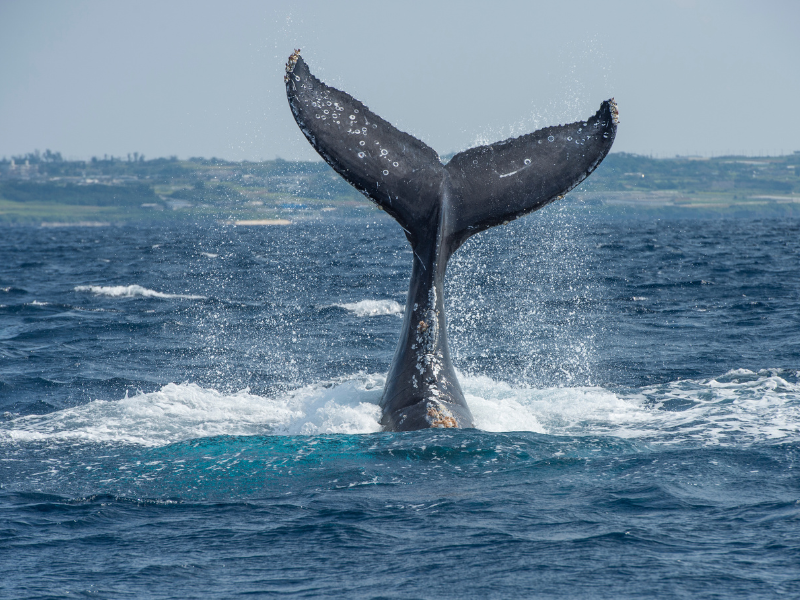This issue of Environment & Climate News begins our stewardship of a publication we have long admired and used. We hope to maintain the high standards set by outgoing Managing Editor Tom Randall and his partner, Gretchen Randall.
Jay began his career as a professional environmentalist 46 years ago when he joined the United States Geological Survey in 1955. Including sojourns as an undergraduate at Princeton, an officer in the Navy’s Civil Engineering Corps, and Graduate School at the University of Arizona, every paycheck he’s earned for 46 years has been remuneration for work in environmental science.
Together, we have written and edited a dozen books, including Rational Readings on Environmental Concerns, and 400 journal articles. This August, McGraw-Hill released its 1650-page Standard Handbook of Environmental Science, Health and Technology, which we produced. Currently, we are working on a Handbook of Hazardous Waste Remediation for McGraw-Hill and two environmental books for John Wiley & Sons Publishers.
All of our publications have focused on real science, shedding the kind of light on junk science that sends its purveyors packing like vampires at daybreak. We will make every effort to achieve the same result with our selection of material for this publication.
Sound science
Perhaps the greatest problem facing our efforts to deal scientifically with today’s environmental problems is the fact that the rules being applied to science have been turned upside down. The “new paradigm” being advocated by some members of the environmental community includes four principles never before considered appropriate to the practice of science.
The first new rule states we must prove that any new process, practice, or chemical application will do no harm before it will be allowed to proceed. That is to say, we must now prove a negative, which is theoretically impossible.
Second, the environmental movement calls for a “zero discharge” standard for manufacturing, cars and trucks, farming, and other activities that release chemicals into our environment, air, water, or soil. That, too, is impossible. Our laboratory instrumentation is able to detect one part per quadrillion (10 to the minus 15 power). That’s the ratio between one single hair on your head and all the hair on all the heads presently on the planet. (There are approximately 160,000 hairs on a human head and 6 billion people alive in the world today.) It will not be too long before we can detect a little bit of everything, everywhere. As Dr. Margaret Maxey, professor of bioethics at the University of Texas, likes to say, zero is receding into infinity, making “zero” emissions a virtual impossibility.
The third new rule is the “precautionary principle,” which in essence says, “if you think there may be a problem ahead, but have no proof, circle the wagons anyway, just in case, regardless of the cost.” This is simply risk aversion and fear of the unknown raised to a ridiculous and, especially for scientists who know better, an embarrassing height.
This brings us to the fourth and final element of the new paradigm. “Cost-benefit analysis is no longer necessary,” because you can’t be too safe and thus risk should be reduced regardless of cost. Never mind the fact that you can be too safe, if the cost of being safe in one realm precludes expenditures on safety in others where the benefits to human safety and well-being would be significantly greater.
These four unfortunate principles control today’s regulatory climate, while real science is ignored. Scientific methodology—which has brought mankind to its present state of technical excellence, advanced medical care, and increased life expectancy—has been rejected to make way for these very unscientific principles.
Market-based solutions
Along with sound science, we plan to emphasize opportunities for market-based solutions to environmental problems. There are tremendous resources and immeasurable knowledge in the hands and heads of millions of farmers, ranchers, loggers, scientists, engineers, and business leaders that can be tapped to protect the environment. Why do we run to the government–whose record on environmental matters is dubious at best—instead of trusting those who live and work closely with nature, and who have real stake in the outcome of their advice?
We expect to continue to report private-sector initiatives to preserve wilderness, protect wildlife, and clean up the nation’s rivers and lakes. We will also continue to expose government mismanagement and waste, and the follies of radical environmentalists who still rely on scare tactics instead of science.
News You Can Use
Finally, we will strive to stay abreast of the major environmental stories of the day, making this the “newspaper of record” for those who want to protect the environment and the rights of individuals.
We can’t be everywhere all the time, but our readers, contributing editors, and allies form a huge network of experts who can help report current events. If you want to become part of that network, please contact us at [email protected].
We know how busy people are in today’s fast-paced world. E&CN should help you stay on top of the latest research and commentary on one group of issues that really matter to you, without consuming much more than 30 minutes or an hour each month. That’s a tall order, but we expect to deliver.
Happy reading!



